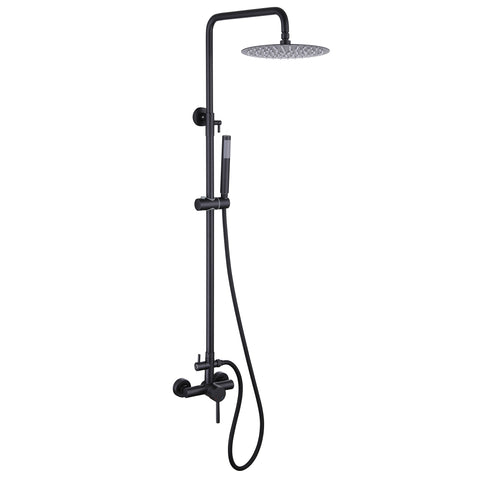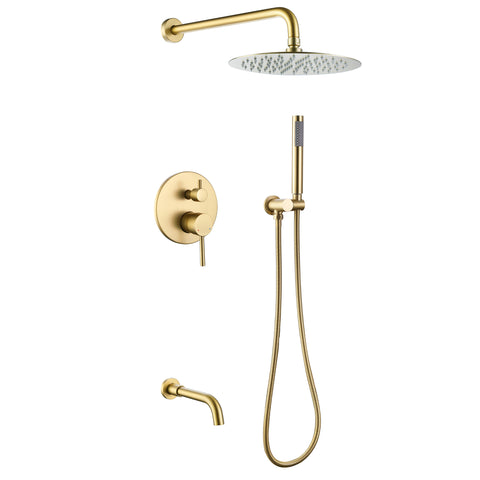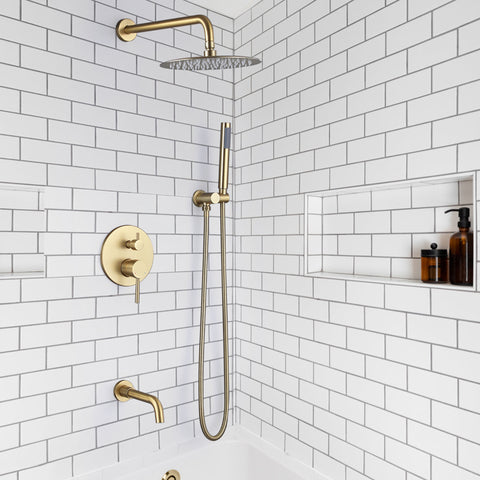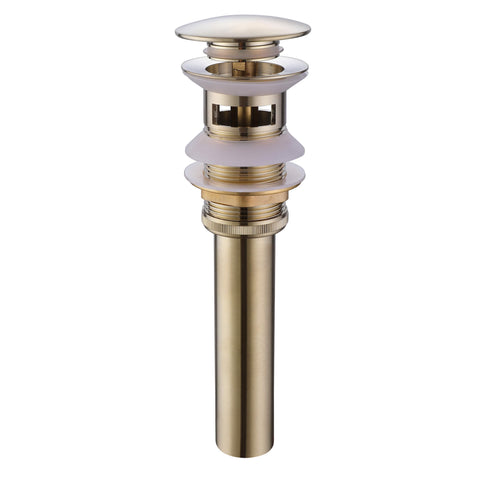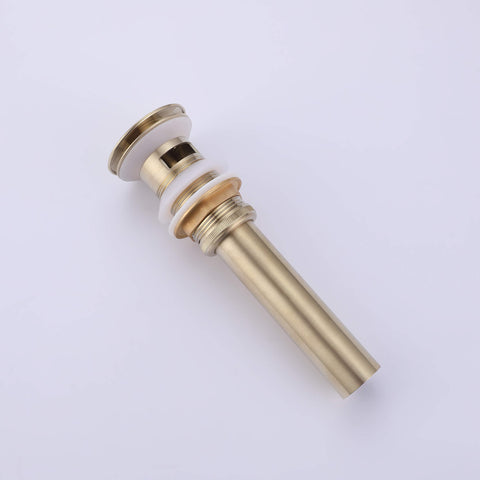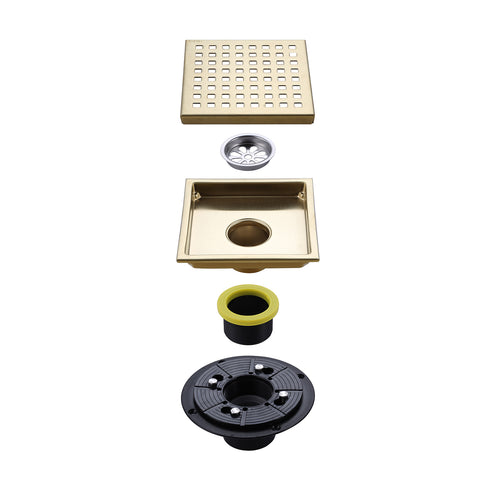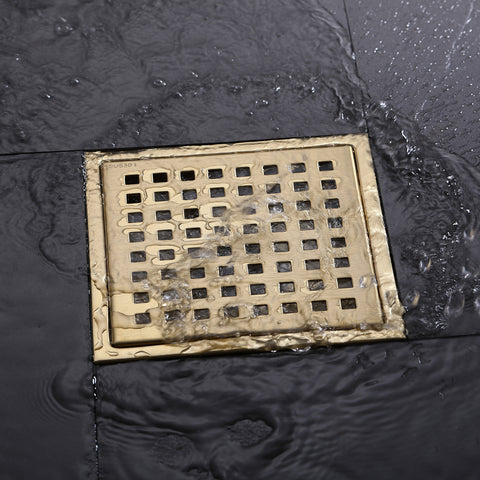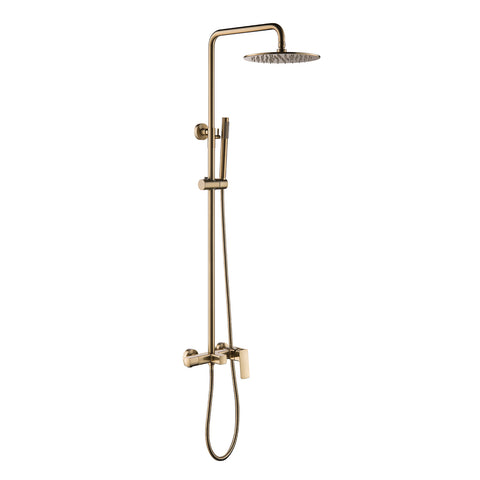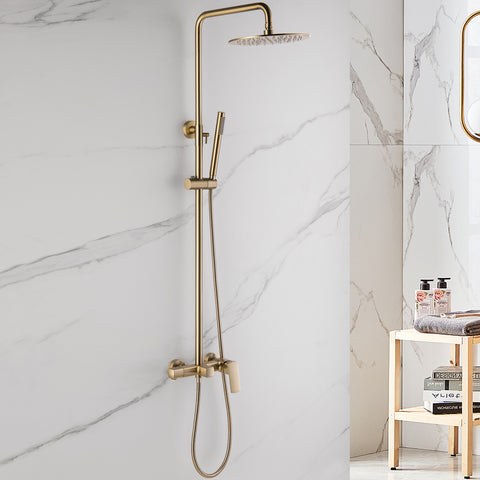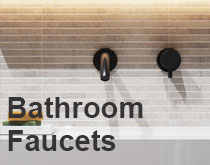How to Remove an Aerator from Your Bathroom Faucet?
Your bathroom faucet's aerator plays a crucial role in maintaining water flow and preventing splashing. Over time, however, mineral deposits and debris can accumulate, leading to reduced water pressure. Luckily, removing and cleaning the aerator is a simple and effective DIY task that can restore your faucet's performance. In this step-by-step guide, we'll walk you through the process of removing the aerator from your bathroom faucet.
Why Remove the Aerator?
The aerator, a small attachment at the end of your faucet, is designed to mix air with water, reducing splashing and conserving water. Over time, mineral deposits and debris can build up, causing reduced water flow and uneven pressure. Removing and cleaning the aerator is a quick and cost-effective solution that can save you from calling a plumber.
Tools and Materials
- Adjustable wrench or pliers
- Towel or rag
- White vinegar
- Small brush or toothbrush
Step-by-Step Instructions
Step 1: Gather Your Tools
Make sure all tools and materials are within reach. An adjustable wrench or pliers will be especially useful.
Step 2: Turn Off the Water
Locate the shut-off valves under the sink and turn them clockwise to cut off the water supply before starting.
Step 3: Protect the Faucet and Drain
Place a towel over the drain to catch small parts, and to protect the sink in case any tools slip.
Step 4: Loosen the Aerator
Use the wrench or pliers to grip the aerator gently and turn it counterclockwise. Avoid excessive force to prevent damage.
Step 5: Remove the Aerator
Once loosened, unscrew the aerator by hand and set it aside carefully, keeping track of any washers or internal parts.
Step 6: Clean the Aerator
Soak the aerator in white vinegar for about an hour. Then scrub it with a toothbrush to remove any remaining mineral deposits or grime.
Step 7: Reattach the Aerator
Screw the aerator back on clockwise by hand, then lightly tighten with the wrench. Avoid overtightening.
Step 8: Turn On the Water
Open the shut-off valves and test the faucet to confirm restored water pressure and smooth flow.
Conclusion
Removing an aerator from your bathroom faucet is a simple yet effective way to restore performance and water flow. With just a few basic tools and a bit of time, you can improve your faucet's efficiency and avoid unnecessary plumbing costs. Regular maintenance like this keeps your bathroom fixtures running smoothly for years to come.
